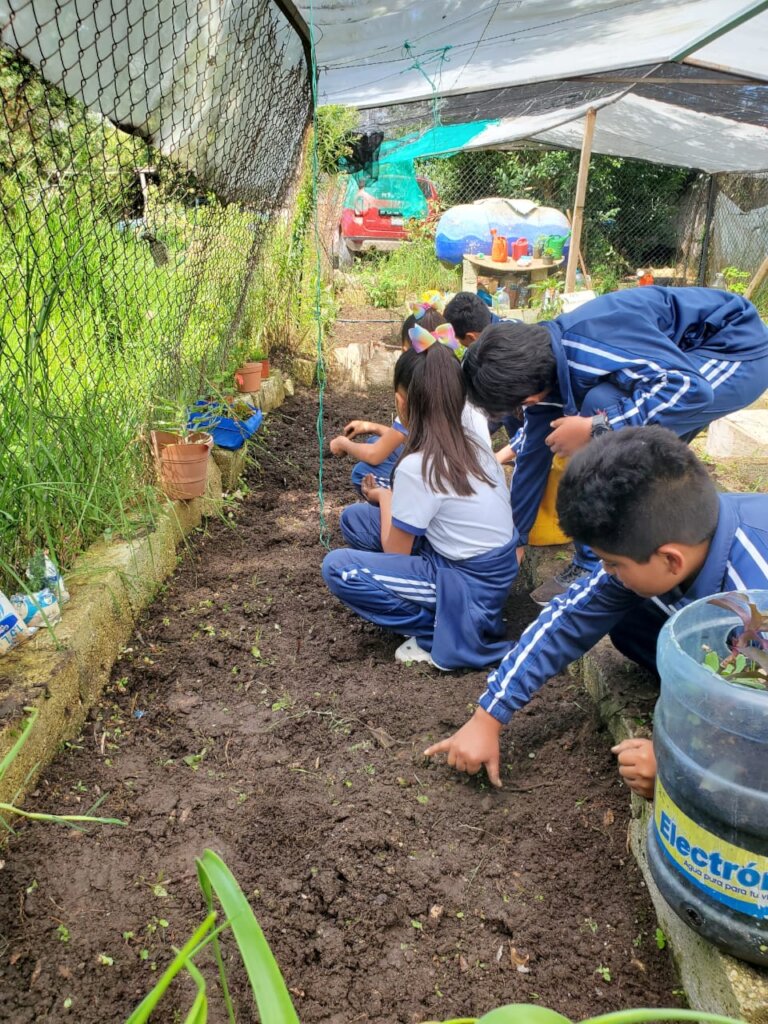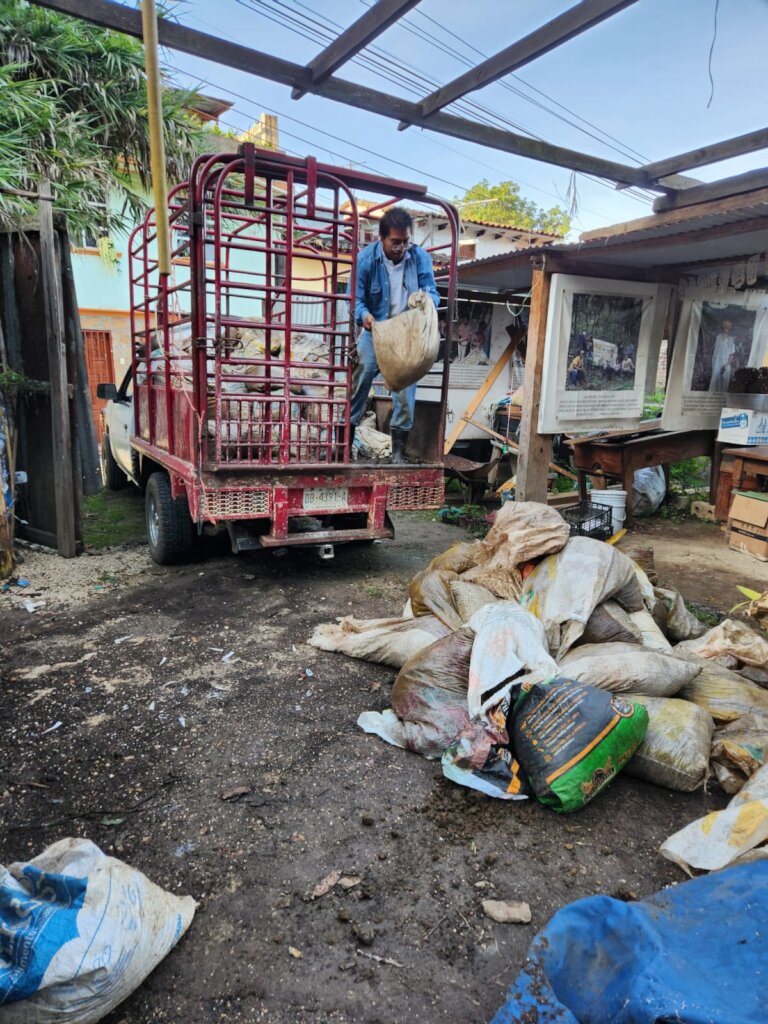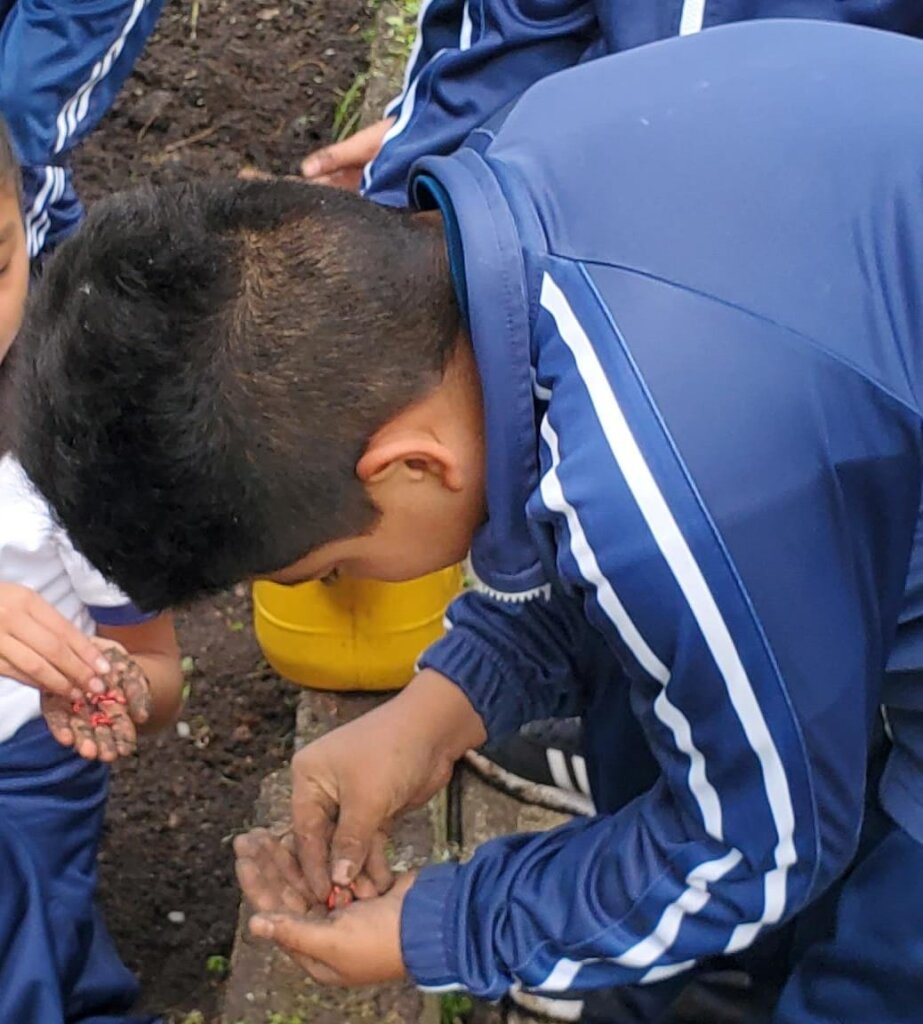By Jose Osvaldo Navarro Bautista. | teaching
At the “Josefa Ortiz de Domínguez” Elementary School in San Cristóbal de las Casas, Chiapas, it belongs to school zone 005 and sector 06. I like to work on educational garden projects, and it is precisely the garden that inspires me to write about my experience. Prof. José Osvaldo Navarro Bautista.
School gardens are a space beyond recreation. They are a space where learning occurs in an experiential way. School gardens are the perfect place to converge theory and practice, it is a way to give flavor to what is learned in the classroom.
You learn when you are motivated, and in the school garden you experience great emotions; the student is able to learn in an experiential way, discover, experiment and reflect on everything learned. Everyone learns from everyone. Metacognition occurs.
You will learn about harvest time, germination, different crops, pest control, intensive agriculture and self-consumption. Keep an anecdotal record to note down observations of pests, crop growth, as well as all the experiences you have had.
Educational gardens in my classroom.
It is necessary to determine the objective that motivates us to create a garden;
Parents should be talked to, the project should be presented to them and agreements should be made regarding their participation; they are an important part of getting the project going.
Last year we had the support of Víctor Hugo Sánchez Sántiz, a graduate in sustainable development, and Roxana Gómez Hernández, a systems engineer . In coordination with students and parents, we successfully completed the cleaning, planting, and harvesting of various vegetables, such as cabbage, radish, cilantro, chili, and pumpkin.
The work was done together. They provided us with the seeds and seedlings, the parents were in charge of cleaning the flower beds and the students were in charge of keeping them clean and practicing irrigation.
the curriculum contents.
You should participate in one or more experiential activities to then link the projects to the activities. You can make art from how we plant, on signs, posters; the field diary, measure growth, the number of insects; make an entomological hotel, which ones and how many are beneficial or harmful; they help us do math in calculating areas and perimeters, but the limit is creativity. That is why it is necessary to be aware of what the students do, feel and learn.
Goals .
Constant learning.
A training path towards awareness and care of natural resources.
A best practice for producing organic and self-sustainable food.
Improve water use and care.
Recognize that the earth provides sustenance and life, and that is why it is necessary to care for it and respect it as a mother.
Project reports on GlobalGiving are posted directly to globalgiving.org by Project Leaders as they are completed, generally every 3-4 months. To protect the integrity of these documents, GlobalGiving does not alter them; therefore you may find some language or formatting issues.
If you donate to this project or have donated to this project, you can receive an email when this project posts a report. You can also subscribe for reports without donating.
Support this important cause by creating a personalized fundraising page.
Start a Fundraiser

